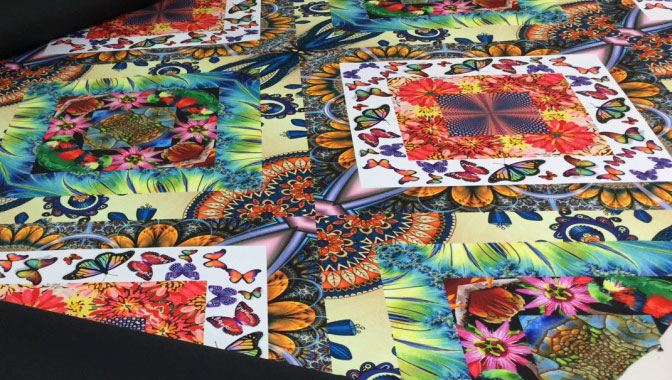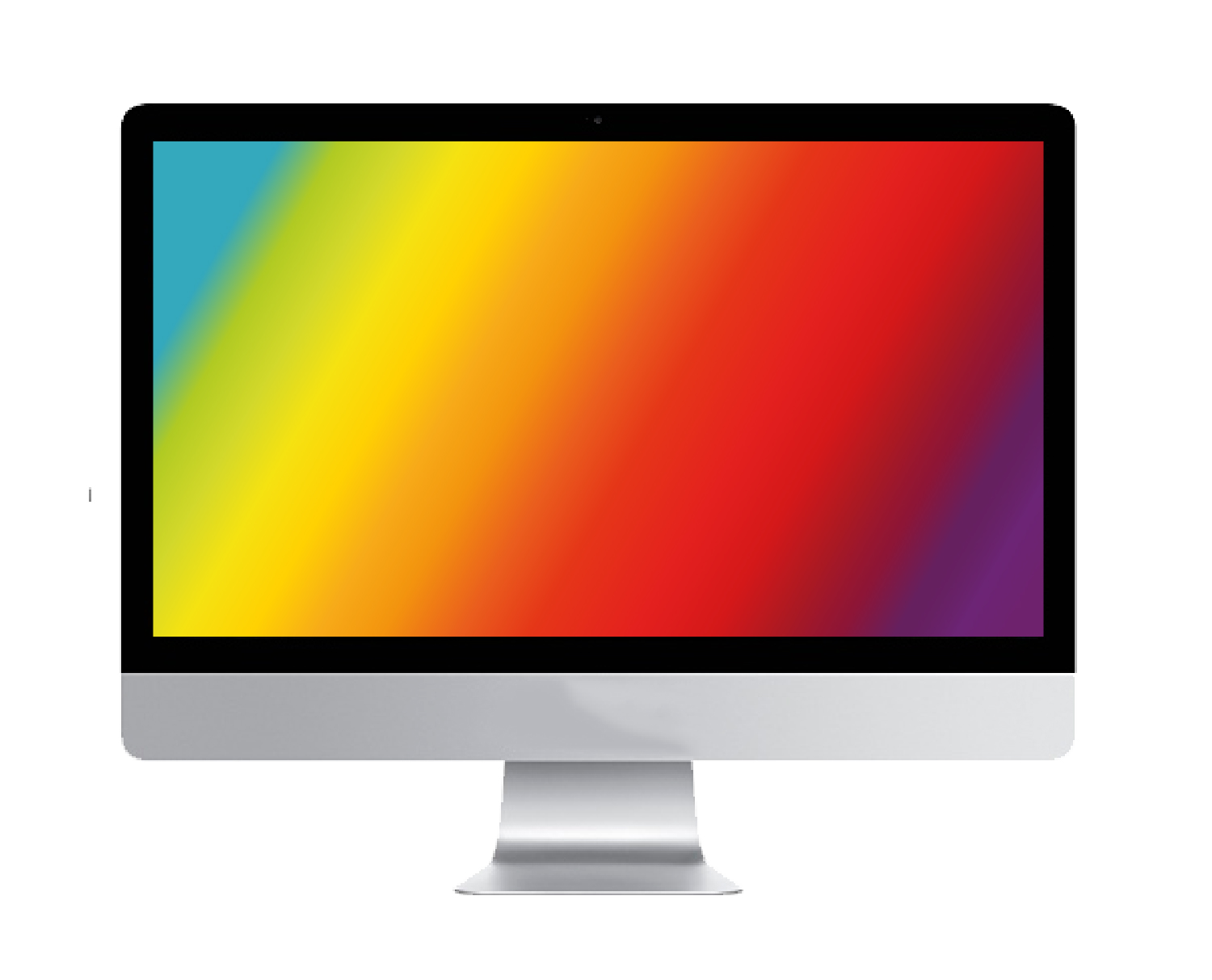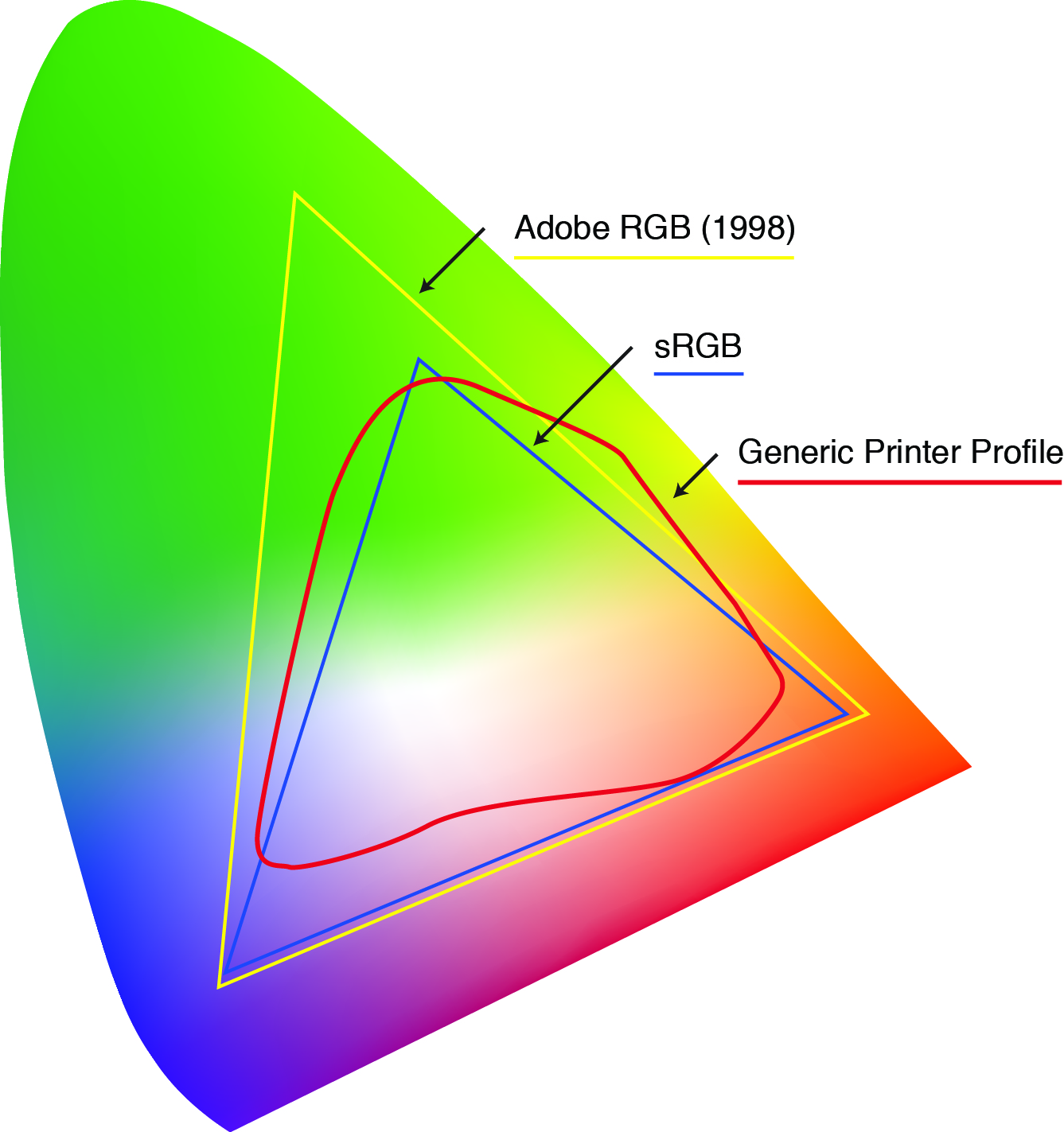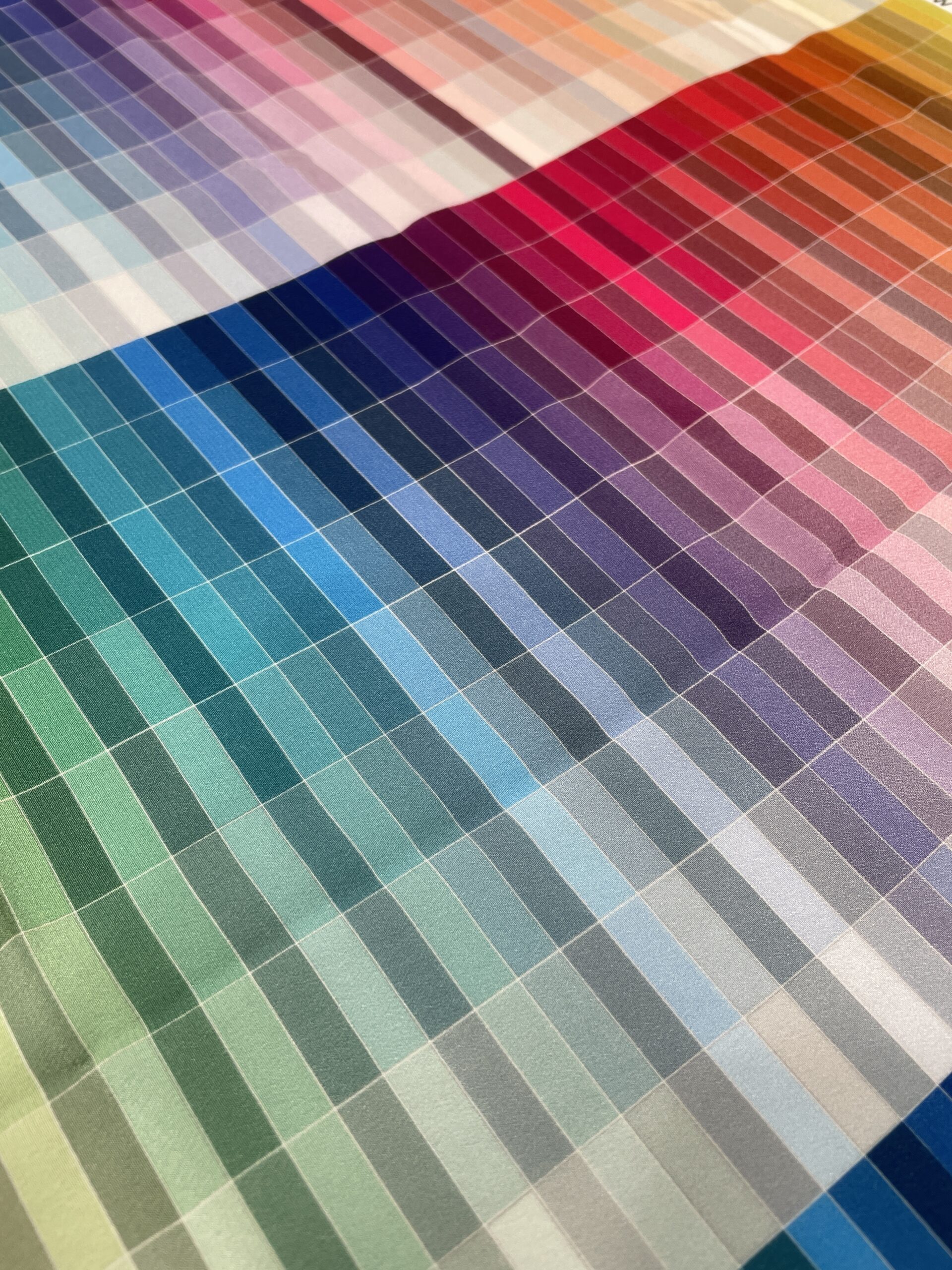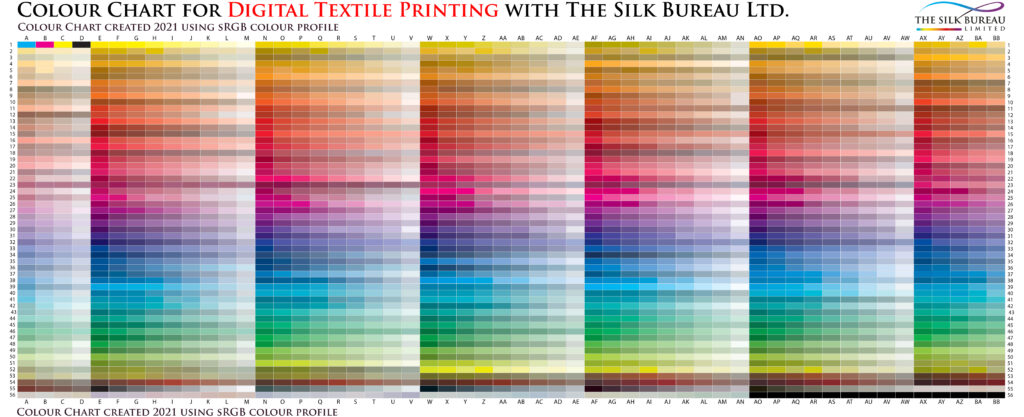printing colour
At The Silk Bureau we are often asked,
"Why aren't the colours exactly the same as the ones I see on my monitor when I'm designing?"
For many designers, getting the right colour is one of those challenges that comes with testing, time and experience.
